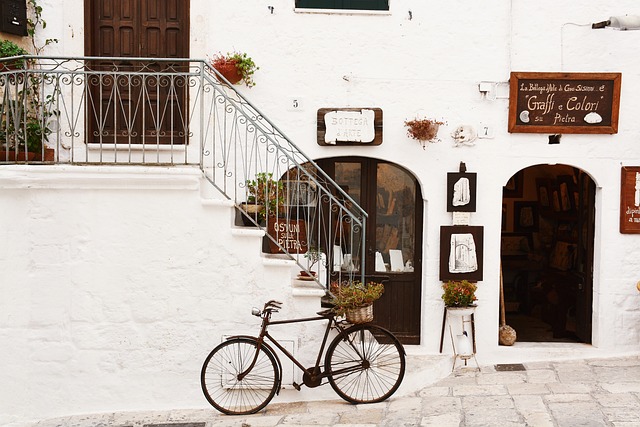The world is rapidly evolving, and so are our transportation needs. As cities grow and urban mobility challenges become more pronounced, the call for effective bicycle infrastructure development has never been louder. Bicycles are not only an eco-friendly mode of transport, but they also promote a sense of community and connection to the environment, especially in rural areas.
Transport sustainability is at the forefront of discussions about cycling infrastructure. When we invest in bike lanes, bike-sharing systems, and safe routes for cyclists, we’re essentially paving the way for a cleaner, greener future. Imagine a world where streets are filled with the gentle hum of bicycle wheels rather than the roar of car engines. This transformation is not just about reducing carbon footprints; it’s about reimagining our communities. Such initiatives reduce traffic congestion, lower pollution levels, and improve public health by encouraging physical activity.
Moreover, investing in bicycle infrastructure development can play a pivotal role in rural development. Many rural communities face a lack of transportation options, which can limit access to jobs, education, and healthcare. By enhancing bicycle access and promoting cycling as a viable transportation method, we can empower these communities. A simple bicycle can bridge the gap between individuals and essential services, fostering economic development and social inclusion.
Cycling provides an avenue for residents in rural areas to explore entrepreneurship as well. Farmers can sell their produce at local markets without the overhead costs of motorized vehicles, and artisans can reach wider audiences by transporting goods more easily. Encouraging bicycle use in these regions not only supports local businesses but also strengthens the community bond.
Integrating bicycle infrastructure development with public policies focused on environmental sustainability can produce a ripple effect, inspiring cities and regions worldwide to follow suit. Countries like the Netherlands and Denmark have successfully implemented bike-friendly policies, demonstrating how a well-planned infrastructure can lead to a cycling culture that vastly improves the urban landscape.
Creating bike-friendly environments isn’t solely about laying down asphalt for bike lanes; it’s about crafting a culture that values and nurtures cycling. It requires collaboration between local governments, community organizations, and citizens. By pooling resources and sharing knowledge, we can design effective infrastructure that meets the unique needs of both urban and rural inhabitants.
The movement towards advocating for bicycles is growing, and with it, the hope for a sustainable transport model that encourages healthy lifestyles while nurturing rural economies. As we pedal forward into a brighter future, let’s recognize the potential that bicycles hold—not just as a mode of transport, but as a catalyst for change. Together, we can build a world where cycling is not just an option but a valued choice for everyone, creating a sustainable and vibrant future for all.




